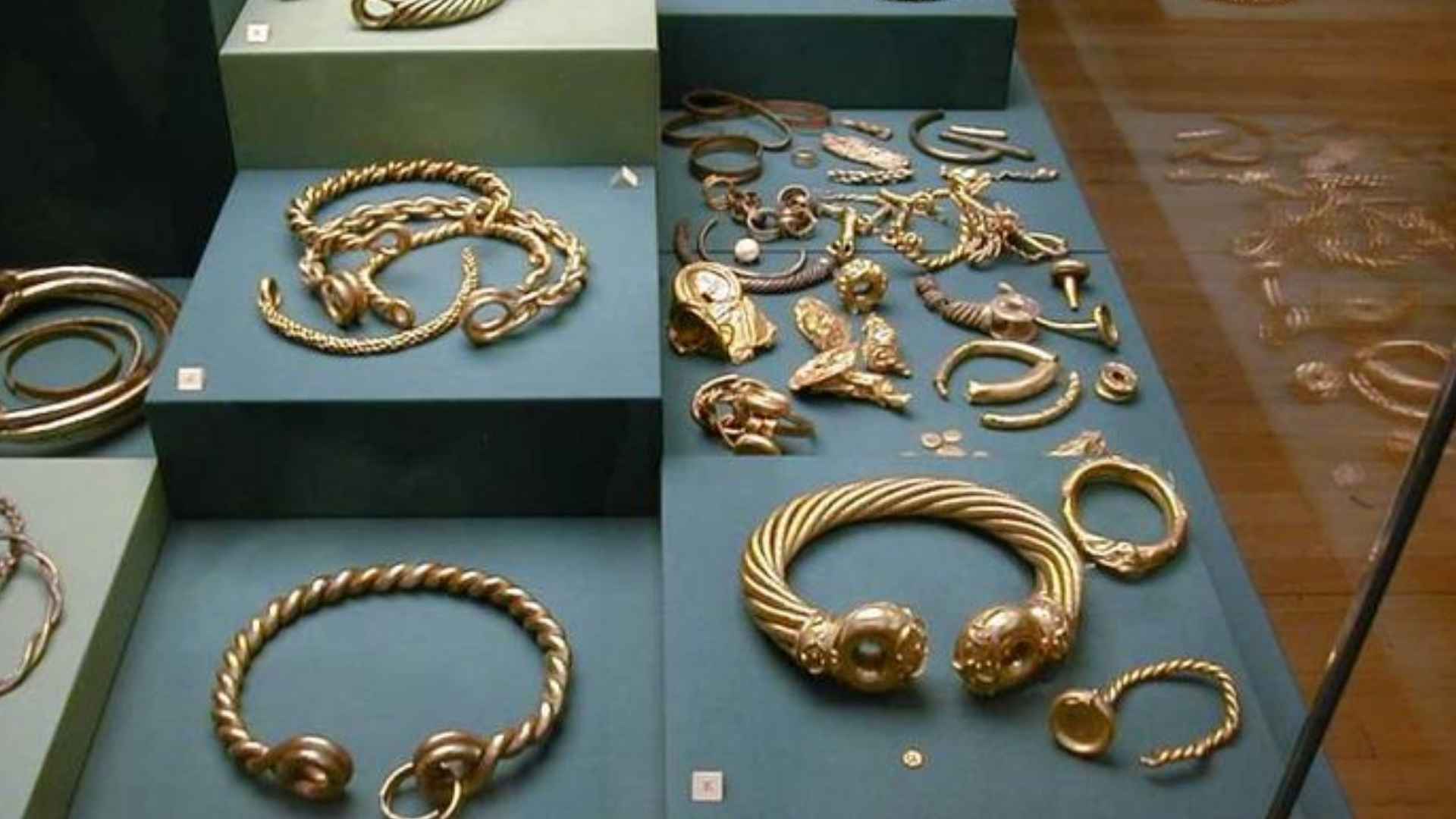Archaeologists stumble on a 2,200‑year‑old trading center near Hradec Králové, revealing hundreds of coins, fine pottery and clues to Europe’s Iron Age economy.
The discovery of a sprawling Iron Age settlement in the Bohemia region has stunned researchers and history buffs alike. Spread across roughly 62 acres—about the size of 47 U.S. football fields—the site held several hundred gold and silver coins, more than a thousand pieces of jewelry, and clear signs of organized industry. Officials from the Museum of Eastern Bohemia call it “unparalleled in scale and character.”
Archaeologists uncover massive Celtic trade hub in the Czech Bohemia region
Surveyors first spotted the settlement while checking the route of a planned motorway. Subsequent digs exposed dwellings, workshops and even a sanctuary, indicating a bustling community rather than a fortress. “Its open layout suggests confidence in commerce, not fear of invasion,” said lead excavator Tomáš Mangel from the University of Hradec Králové.
So, what did the team find? An eye‑catching mix of luxury goods points to long‑distance trade across Europe’s famed “amber route.” Some coins are pure gold, others silver; bronzework, glass beads and ornate belt clasps round out the trove. A shard of pottery bearing a horse motif hints at high‑end ceramics made for barter, not everyday chores.
| Artifact | Material | Estimated quantity | Noteworthy detail |
|---|---|---|---|
| Coins | Gold & silver | “Several hundred” | Minted circa 3rd–1st century B.C. |
| Jewelry pieces | Bronze, iron, glass | 1,000+ | Brooches, armlets, belt fittings |
| Pottery shards | Fine clay | Hundreds | Includes horse‑decorated vessel |
| Amber fragments | Fossil resin | Dozens | Likely imported from Baltic coast |
The mix of metals and imported amber underscores the settlement’s role as a marketplace connecting Celtic groups from the North Sea to the Alps.
Dating places the site firmly in the La Tène horizon (450–40 B.C.), renowned for intricate metalwork and stylized art. Yet questions linger: Who exactly lived here? Traditionally the tribe known as the Boii is linked to Bohemia, but no inscriptions confirm their presence. “We can only say Celtic groups thrived somewhere in Central Europe,” Mangel noted. Wondering whether rival clans shared the settlement? Researchers admit the evidence is still coming together.
What the discovery means for understanding Celtic life between third and first centuries B.C.
Beyond glittering artifacts, the settlement offers a rare snapshot of daily logistics—production zones beside homes, religious spaces near storage pits, and roads wide enough for merchant caravans. Consequently, scholars expect fresh insight into how Iron Age communities balanced spirituality, manufacturing and regional trade.
The dig not only rewrites Czech pre‑Roman history but also widens our view of Celtic networks crisscrossing the continent. A museum exhibit showcasing select finds will open during the winter holidays, inviting the public to judge the riches for themselves. Planning a trip to Hradec Králové? You might catch a glimpse of Europe’s ancient economic engine in motion.

